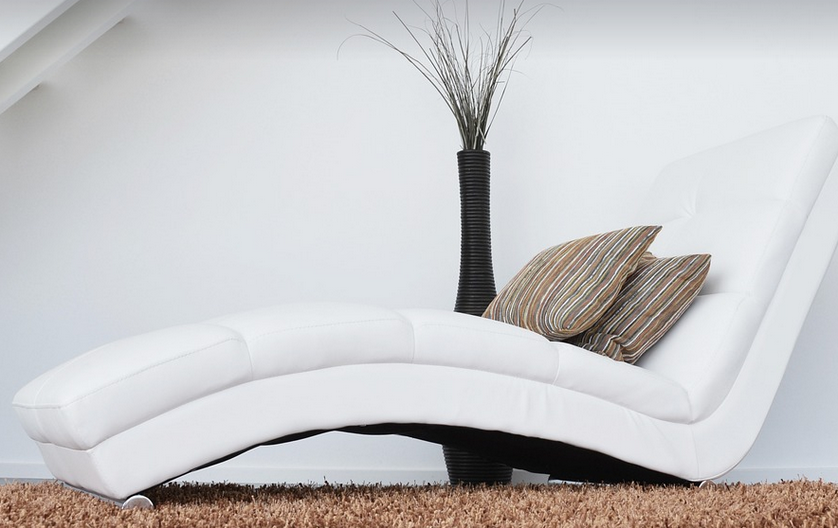
Toilet Bowl Drains Completely: Causes And Solutions
A Drippy Situation? Understanding Clogged Drain Problems
Ah, the humble toilet bowl drain. It’s a fixture in our homes, an essential for waste disposal, and perhaps one of the most-often-encountered plumbing challenges. But what happens when it fails to do its job – leaving you standing with a gurgling mess that seems to defy all logic?
When your toilet bowl drain completely clogs, it’s more than just an annoying inconvenience. It can be a frustrating experience, turning into a full-blown plumbing headache. But fear not! We’re here to demystify this common issue and walk you through the potential causes and practical solutions.
Before diving into the specifics of why your drain might be acting up, let’s acknowledge that it’s often a combination of factors contributing to the blockage. The key is understanding these culprits, so you can tackle them head-on.
The Culprits Behind a Clogged Toilet Bowl Drain
Let’s explore some common causes behind a stubborn toilet bowl drain clog:
**1. Soap Scum and Mineral Deposits:** Often overlooked, soap scum and mineral deposits are insidious enemies of smooth-flowing water. They accumulate on the interior surface of the drain over time, forming hard deposits that can act as natural barriers for water flow.
**2. Toilet Paper and Other Solids:** This seems obvious, but toilet paper is not a friend to your drain. Most paper products are made from wood fiber which doesn’t break down easily in plumbing systems, leading to clogs. The same goes for feminine hygiene products, dental floss, or even small toys that find their way into the bowl.
**3. Foreign Objects:** Things we tend to dismiss as ‘trivial’ can often cause a clog that is surprisingly difficult to clear! A stray crayon, a rubber band, or even a small toy car washed down the toilet without an appropriate ‘trap’ in the drain system can quickly lead to a plumbing nightmare.
**4. Buildup of Organic Matter:** Bacteria and organic matter are common culprits behind clogs. The build-up occurs as waste decomposes in your pipes over time, especially if there is a lack of frequent cleaning or maintenance.
**5. Improper Flushing Techniques:** We often overlook the simplest yet most impactful factor when it comes to flushing – technique. Too much force can lead to debris entering the drain and potentially clogging the system. It’s about finding the right balance for clean, efficient flushing.
**6. Hard Water:** While not a primary culprit in itself, hard water contains high mineral content that accelerates the buildup of soap scum and calcium deposits in your pipes, ultimately leading to clogs.
**7. Tree Roots:** While this is less common, tree roots can sometimes penetrate sewer lines and create blockages. If you live in an area with trees, it’s worth being aware of potential root intrusion.
**8. Aging Plumbing System:** Over time, plumbing systems wear down, leading to clogs due to corrosion or aging pipes. This is especially common for older homes with pre-1970 plumbing lines.
Identifying the source of a clog can significantly impact your approach to resolution.
Solutions for Your Clogged Toilet Bowl Drain
Now that we’ve identified potential causes, let’s explore some common solutions to tackle those clogs effectively:
**1. Plunging:** A time-tested method – the plunger is your best friend if you have a simple clog. It works by creating suction and dislodging the blockage from the drain. The key is to apply pressure correctly and ensure a tight seal around the drain.
**2. Chemical Drain Cleaners:** In cases of persistent clogs, chemical drain cleaners can be helpful. These products are designed to break down blockages through chemical reactions. However, they should be used with caution as they can damage pipes if misused or not applied correctly.
**3. Snake/Wire Hanger (Plunger Alternative):** For stubborn clogs, a snake or wire hanger can reach deeper into the drain and clear out blockages. It’s important to use this tool sparingly and carefully to avoid damaging your pipes.
**4. Hydro Jetting:** For severe clogs where traditional methods fail, hydro jetting is a highly effective option. This method utilizes powerful water pressure to blast away stubborn debris deep within the drain lines. This solution can be more expensive than other options, but it’s often the most effective for clearing severe blockages.
**5. Call a Professional Plumber:** In most cases, it is advisable to call a professional plumber when facing persistent or recurring clogs. A plumber with experience and expertise will have the knowledge and tools to tackle even the most challenging cases efficiently and effectively.
Remember, prevention is always better than cure! Regularly maintaining your toilet bowl and its drain system can significantly reduce the likelihood of future clogs. By addressing potential problems early on, you can save yourself from a messy plumbing situation down the line.
So, if your toilet bowl drain has gone rogue, explore these solutions. Remember, tackling this issue head-on will not only restore the flow and functionality but also keep those plumbing nightmares at bay.